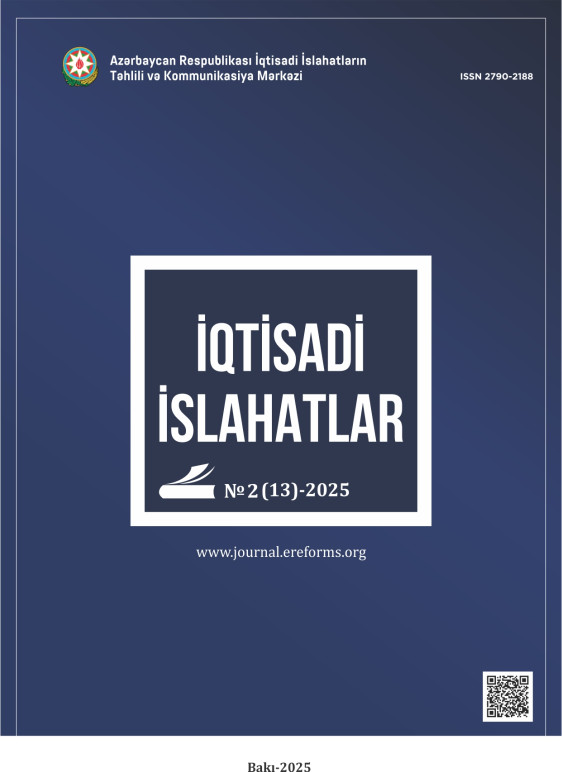Econometric analysis of the impact of the unemployment rate on GDP per capita in Azerbaijan
Summary
This study examines the impact of unemployment on economic growth and individual income in Azerbaijan within a macroeconomic framework. The issue is of particular significance for the country’s development strategy, as reducing unemployment and enhancing social welfare remain core policy priorities. In economic theory, the interdependence between unemployment and economic growth is often explained through Okun’s Law and other macroeconomic models. Building on these conceptual foundations, this research provides an empirical evaluation of the relationship based on long-term national data. The empirical dataset consists of Azerbaijan’s unemployment indicators for the period 1990–2023 and GDP per capita measured in constant 2017 international prices (US dollars). Econometric modeling techniques were applied to analyze the ripple effects of unemployment and to assess its transmission mechanisms on economic activity. The findings demonstrate that an increase in unemployment leads to a decline in economic performance, reduced individual income, and consequently, a decrease in GDP per capita. The econometric results indicate that a 1% reduction in the unemployment rate is associated with approximately a 0.336% increase in GDP per capita within one year. This outcome confirms the stimulating role of reduced unemployment in fostering economic growth. The scientific novelty of this study lies in its systematic assessment of the relationship between unemployment and GDP per capita in Azerbaijan over a long-term period (1990–2023) within the framework of Okun’s Law. The results carry significant policy implications, highlighting the strategic importance of reducing unemployment to achieve macroeconomic stability, enhance social welfare, and ensure sustainable development.
